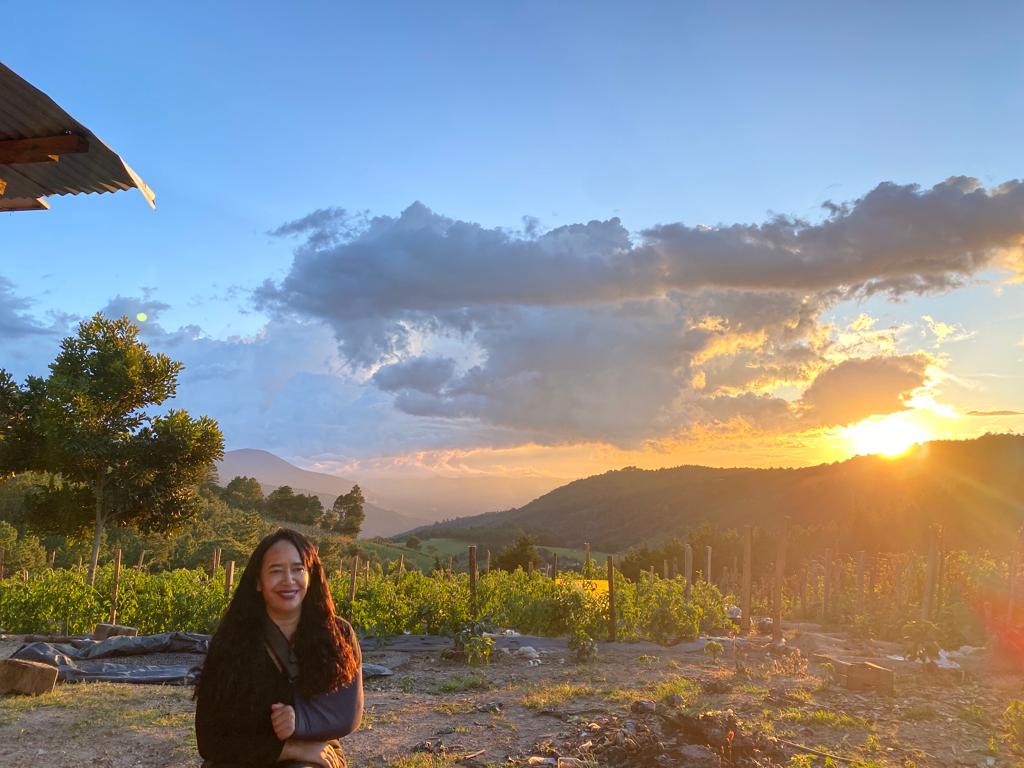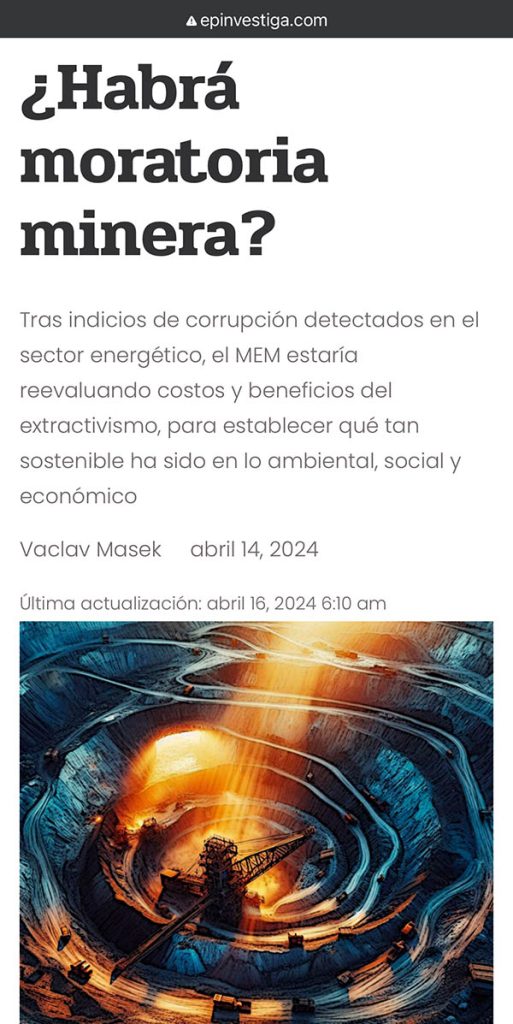Vaclav Masek 2023-24 Field Report
Mnemonic Frames Across Temporal Landscapes: Anti-Extractive Movements in Guatemala
Abstract: My ongoing research project investigates the cultural repertoires and framing strategies employed by Indigenous social movements operating in historically violent contexts, focusing on post-conflict Guatemala following the 1996 Peace Accords. By examining how anti-mining movement actors navigate community consultations as legal and political tools within democratic governance frameworks, the study highlights the tensions between “national development” projects and Indigenous rights. Drawing on ethnographic fieldwork conducted from June 2021 to March 2023, alongside testimonies from genocide survivors, the research explores how contemporary Indigenous movements connect their struggles to the enduring legacies of colonialism, genocide, and extractivism. It interrogates how collective memory of state-sanctioned repression informs present-day activism and shapes civic engagement in a context marked by a pervasive “culture of fear.” By focusing on three prominent anti-mining sites in Guatemala, the project bridges gaps between social movement theory and political opportunity studies, emphasizing the role of cultural memory in legitimizing activism and redefining relationships with weak state institutions. Key research questions address the interplay between collective memory and collective action, the mobilization of painful historical pasts as sources of resilience, and the articulation of intergenerational colonial legacies. By analyzing multiscalar power dynamics within democratic institutions, the study provides critical insights into the continuity and evolution of Indigenous social movements’ repertoires of contention and framing strategies in Central America.

Guatemalan mining resisters have succeeded in building multisectoral coalitions. Anti-mining clusters have brought together Indigenous rights activists, Catholic Church officials, local community leaders, and national organizers promoting environmental and human rights. Postwar Guatemala has also received international governmental and nongovernmental support for ongoing institutional development, encouraging new public participation spaces. With local and global support, docking points associated with strategic litigation and activist courts have expanded. Although Guatemalan resistance movements developed multisectoral linkages that brought together indigenous, religious, environmental, and human rights actors, my field research revealed that their networks have remained essentially local. They failed to develop into a national resistance front. Expressions of solidarity provided connections across the grid, and regional networks shared some national-level allies. However, the movements operated separately, a strategic limitation that allowed police actions and countermovements by pro-mining elites to thwart them one by one. However, the remaining tool in the resisters’ arsenal brought mining operations to a durable pause. The field visits showed how strategic litigation had become increasingly used in postwar Guatemala, with the movements’ sights set on a moratorium during the ongoing administration.
How were the funds spent:
The $1500 CLAG Field Research Grant supported travel logistics and per diem expenses across Guatemala in 2023, enabling extensive multi-sited ethnographic fieldwork in key regions affected by mining conflicts. Travel to the Maya Q’eqchi town of El Estor in Izabal, the Xinka villages near San Rafael Las Flores in Santa Rosa, and the ladino community of San José del Golfo allowed for in-depth participant observation, interviews with local leaders, and engagement with grassroots coalitions. These visits were critical for documenting the repertoires of contention and framing strategies employed by Indigenous and non-Indigenous communities resisting extractive industries. The funding also facilitated access to archival sources and participation in meetings prepared by authorities before community consultations, providing a nuanced understanding of how these movements navigate political violence and institutional challenges in postwar Guatemala.

Achievements:
The fieldwork supported by this grant has yielded significant achievements, including collecting rich ethnographic data and testimonies that highlight the resilience and strategic ingenuity of anti-mining movements. This research has contributed to a deeper understanding of how multisectoral coalitions—spanning Indigenous rights activists, Catholic Church officials, and environmental advocates—have sustained their struggles against multinational mining concessions. The findings underscore the importance of collective memory and intergenerational resistance in shaping contemporary activism, particularly in regions marked by historical violence and systemic exclusion. These insights, presented at the 2024 Conference of Latin American Studies in San Juan, Puerto Rico, have been pivotal in advancing the academic discourse on social movements, environmental justice, and Indigenous rights in Latin America. Following time in the field, I also had the opportunity to produce public-facing material on the issues explored in my future dissertation. I wrote an opinion editorial for EP Investiga, a Spanish-language media outlet in Guatemala, where I discuss the merits put forth by the grassroots movements regarding the mining moratorium in the country.

A significant outcome of this research is the forthcoming Special Issue on Emerging Research Into Extractivism(s) in Guatemala, to be published in the Journal of Latin American Geography in early 2027. This special issue, which features contributions from leading scholars and local environmental activists, will showcase the findings from this project alongside other critical studies on extractivism in Guatemala. It will provide a platform for amplifying the voices of affected communities and advancing policy discussions on structural reforms in the energy industry. The grant’s support laid the groundwork for this publication, which promises to be a landmark contribution to geography, environmental studies, and social movement research.
Please see the full report here.


















